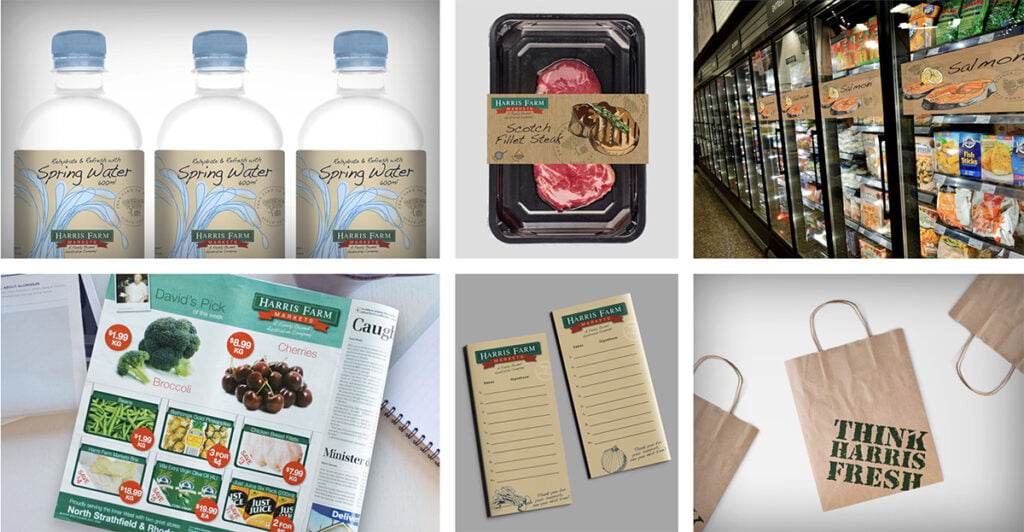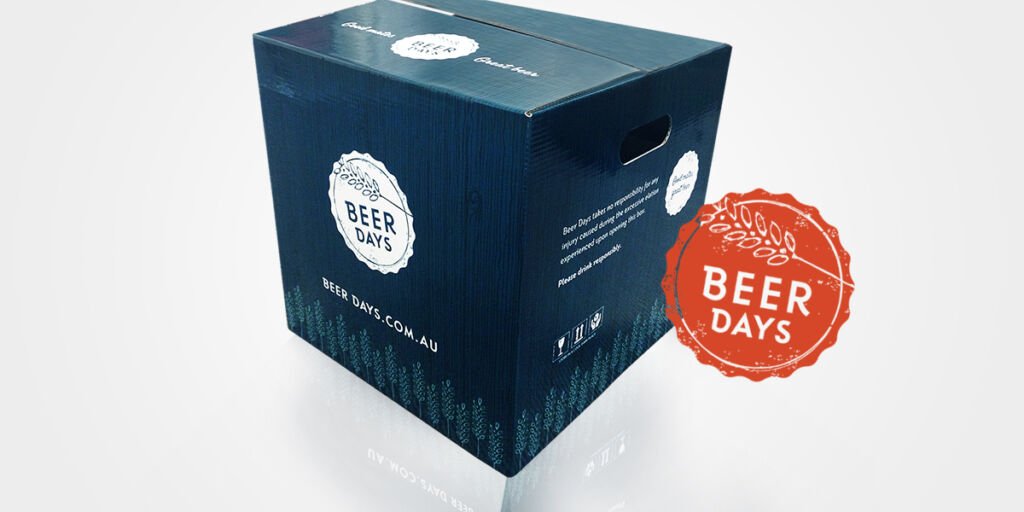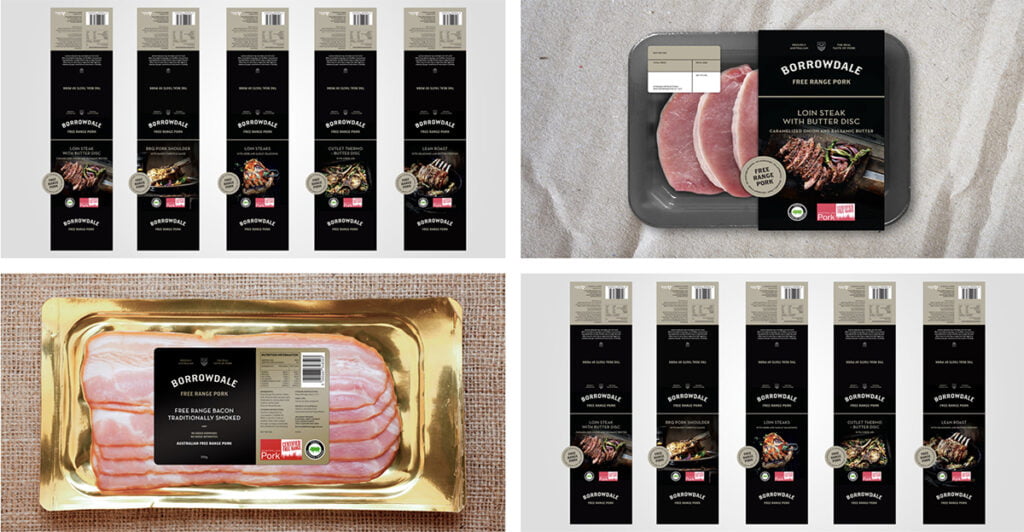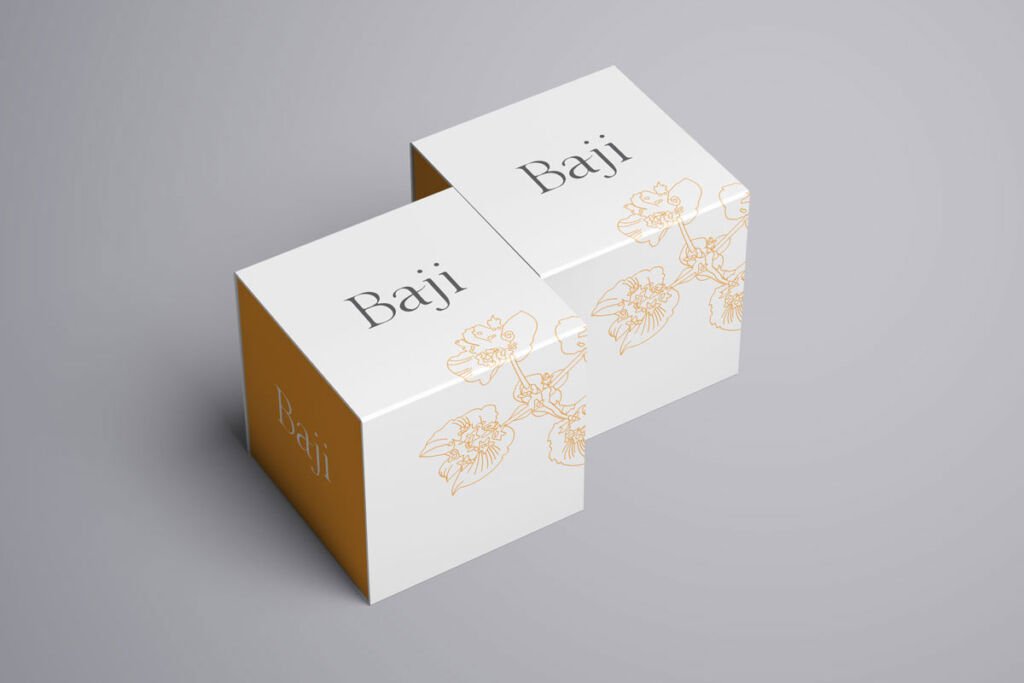

1. Different in every council
Firstly, what you recycle is different in every council in Sydney, as each organise their own waste collection. There’s just no uniform approach. Every council uses different waste management companies and have different levels of population density which affects the processes in place.
2. Contamination rates are high
We are all so desperate to recycle that many people partake in ‘wishcycling’ which is where they put things in the recycling that they hope or wish could be recycled. Unfortunately that can mean that whole batches of otherwise potentially-recyclable material are being sent to landfill because waste companies aren’t able to keep up with the sorting required. Also, they want to avoid bigger/more costly problems like if something goes through that ‘shouldn’t’ and damages recycling machinery or taints successfully recycled materials.
Thankfully, all councils will accept paper and cardboard, aluminium, ‘hard’ plastic, empty aerosol cans and steel cans and trays into recycling bins – all loose (no plastic bags). They also agree on what definitely doesn’t go in curbside recycling bins; asbestos, organic/food waste, batteries, nappies, shredded paper and gas cylinders. If in doubt, leave it out.


3. Print and advertising
As professional graphic designers, we have a role to play. We know that in NSW the volume of litter that comes from print and advertising is around 8% of the total amount (according to the EPA). We want this amount to be as low as possible and what is used for a time and then discarded, to then be recycled.
So, what (generally) can’t be recycled? Celloglazed paper (though there are some eco-friendly versions of this now), packaging that’s been glued, certificates that have foiling, sometimes staples or other metal components, documents with comb- or ring-binding, any sort of hard plastic or fabric book covers, bookmark ribbons and cotton-based paper stocks.
In the food and beverage realm, polystyrene and soft ‘scrunchable’ plastics are OUT, plastics that return to shape when squeezed are IN. Councils generally reject plastic forks, spoons and knives but plastic party plates are ok.
Most councils and Planet Ark recommend lids be removed from bottles as they are too small for the sorting machine and the bottle can then hold liquid which affects it’s weight as light plastics are ‘blown’ up in the air as one method of automated sorting, but this preference differs greatly across councils. Remember that some coffee cups are lined with plastic which means thy cannot be recycled.


4. How many times can it be recycled?
Paper can generally be recycled 7-8 times before it’s ability to be recycled is too greatly affected. Aluminium and glass can are able to be recycled indefinitely.


5. Targets in NSW
Domestic waste has not been exported since June 2022 so NSW has been forced to consider the issue carefully since then. There is a national target for all packaging to be compostable, recyclable or reusable by 2025. Our targets are: reduce total waste generated by 10% per person by 2030 and have an 80% average recovery rate from all waste streams by 2030.
The NSW Government released the NSW Waste and Sustainable Materials Strategy 2041 Stage 1 plan: 2021–2027 (the Strategy) in June 2021, which outlines the actions that will be taken over the next 6 years to move towards a circular economy.


If you are searching for a Sydney-based graphic design agency that can guide you in the world of sustainable printing and packaging, then you have come to the right place! Contact us today at Fresco Creative to talk with one of our experienced graphic designers.
